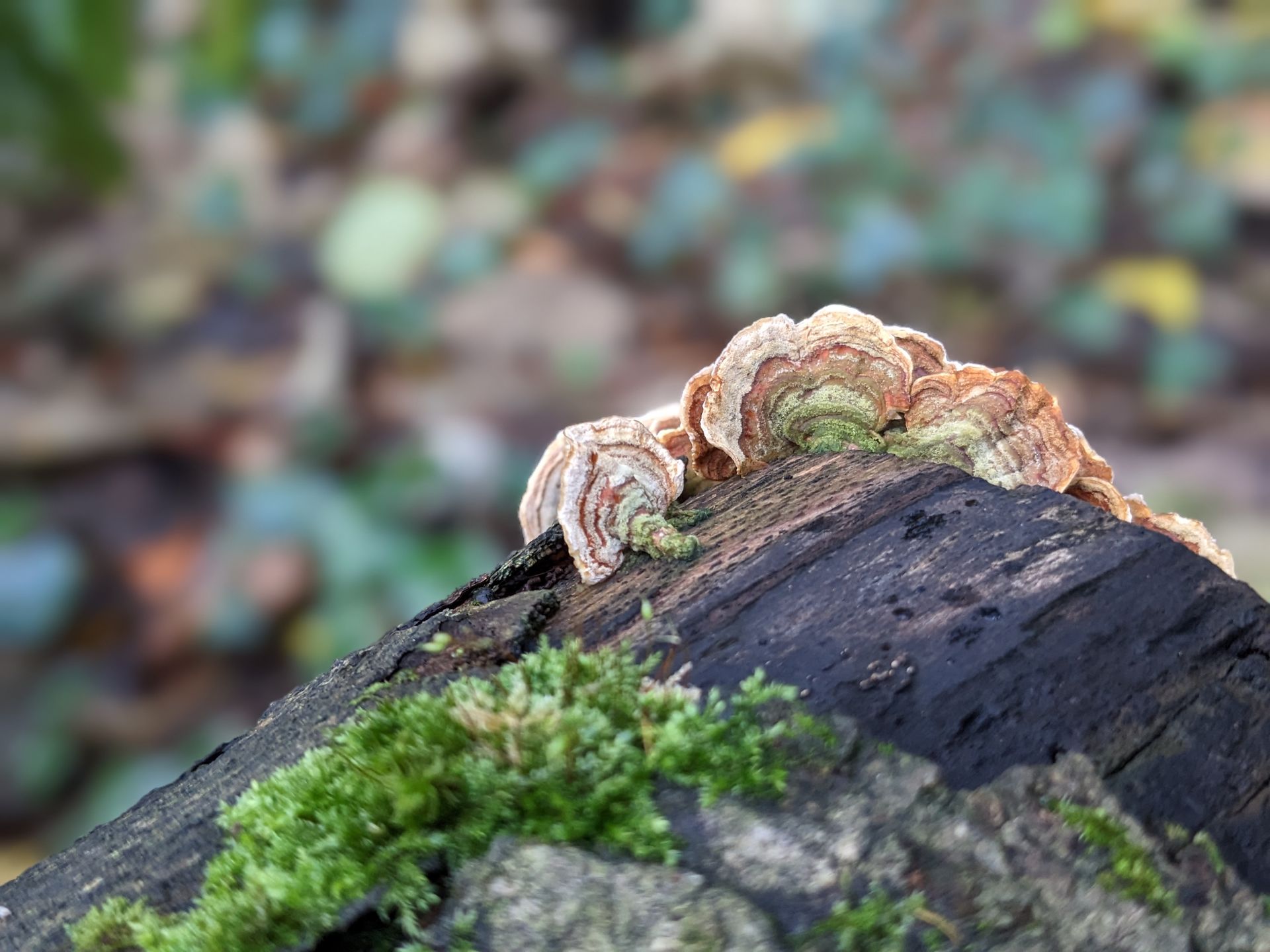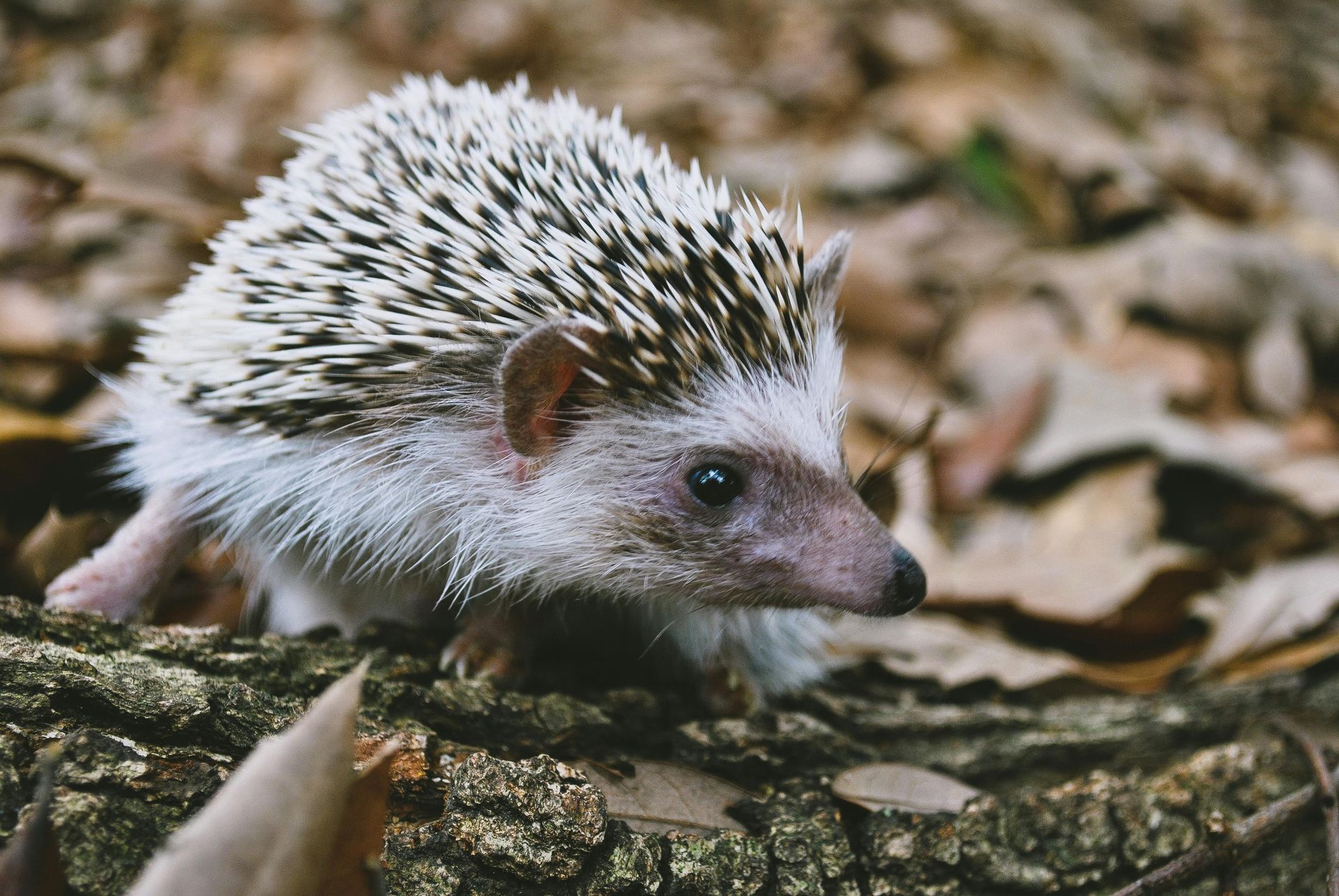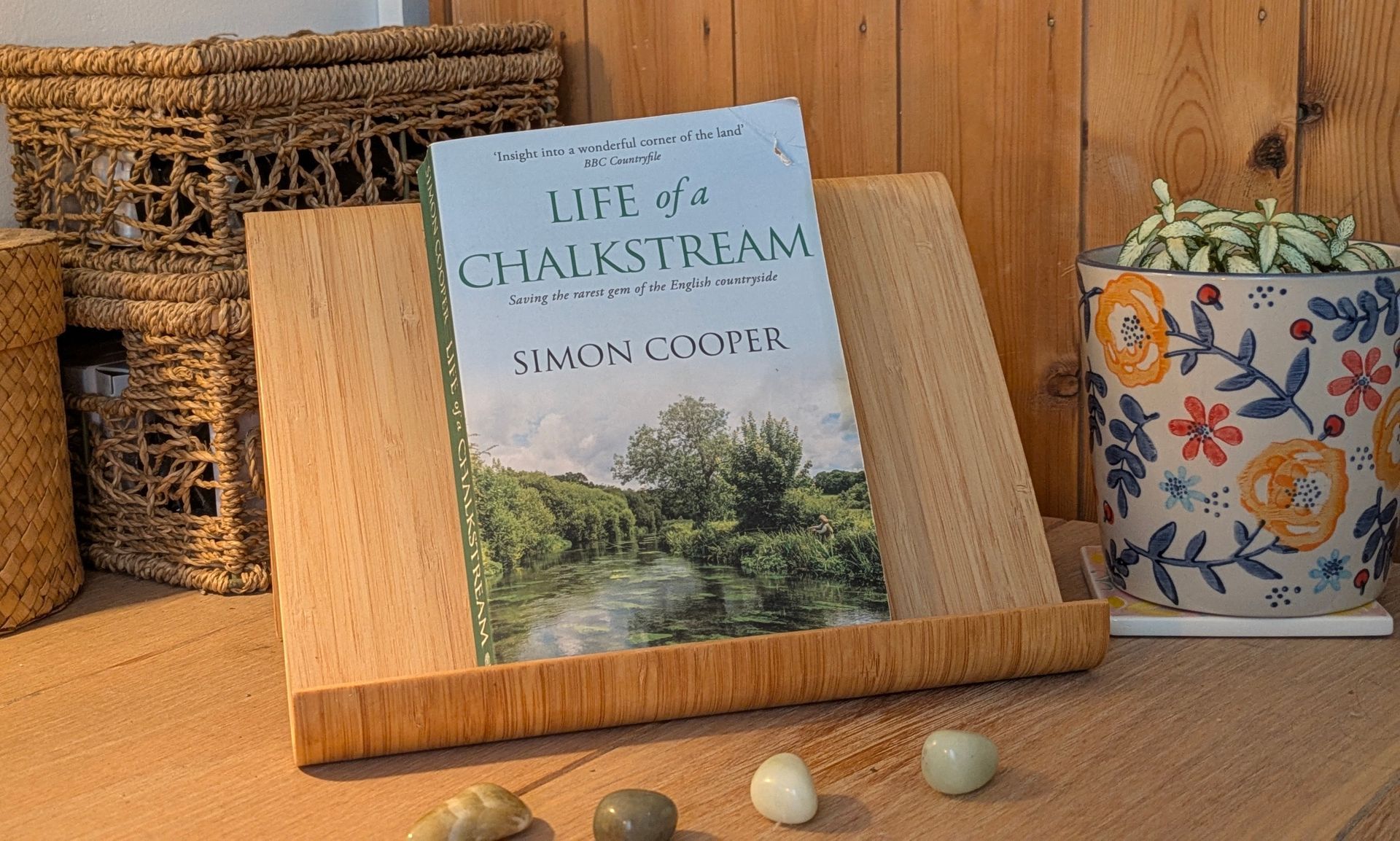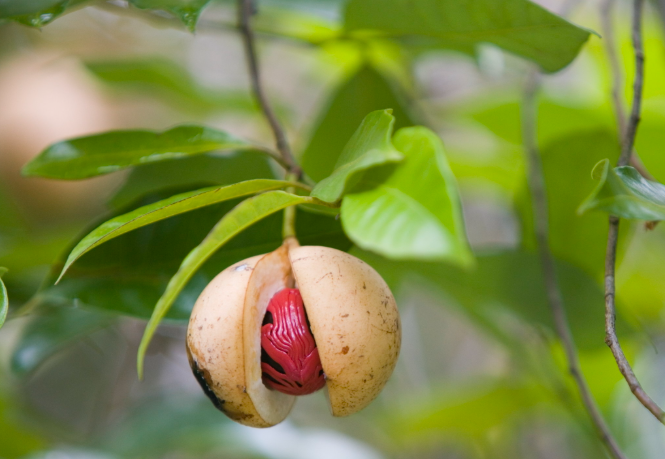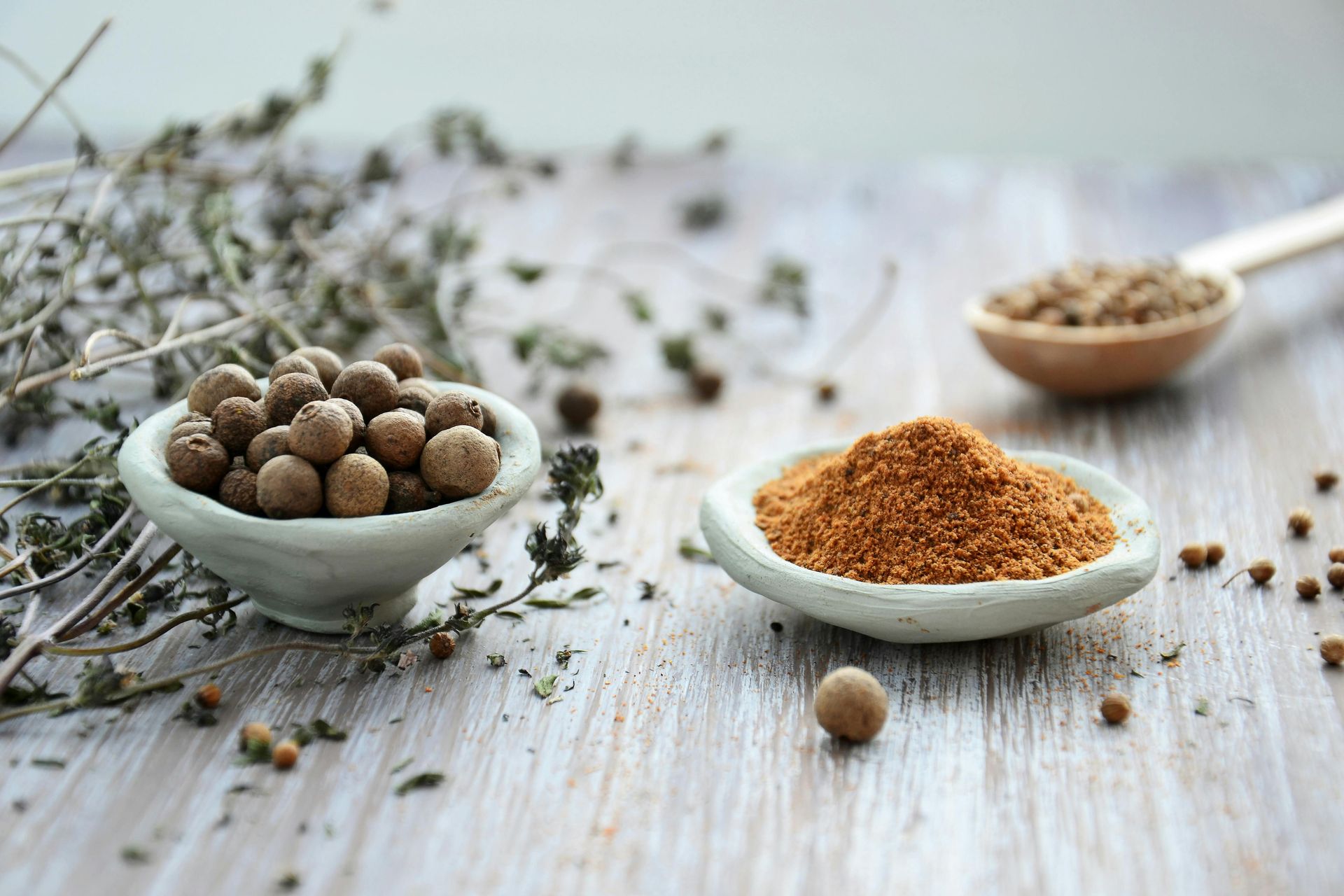A Healing Fungi (Candlesnuff)
A powerful fungus that is both anti-viral and active against tumours
A Healing Fungi Guide
Candlesnuff is the second fungi to feature in my Healing Fungi Guide.
Candlesnuff Fungus is said to look like a snuffed-out candle wick due to its black base, grey downy mid-section and white tips. It is a saprophytic fungus which means it feeds off other organisms such as dead wood and helps to progress the decaying process. It is also known as Stag's Horn because these erect and shapely fruits also resemble antlers.
This is different from mycorrhizal fungi which form a relationship with the roots of trees to not only exchange nutrients and help the trees absorb water more efficiently, but also to warn each other of potential threats such as insect attacks or disease. This triage of trees, plants and fungi helps them to defend themselves and support any neighbours who might be in need.
When the Candlesnuff Fungi has filled itself, the wood becomes soft enough for the Candlesnuff to feed on chemicals called polysaccharides which bind the wood together. In this way, the Candlesnuff becomes instrumental in breaking the wood down into soft mushy meal that tiny insects and other small creatures can feed on.
Candlesnuff Fungi is bioluminescent which means it produces and emits light in the darkness. This is very faint and not visible to the human eye. It grows throughout the year and can be found in ancient woodlands and forests across the British Isles, mainland Europe and North America.
Candlesnuff Fungus is not poisonous but is considered inedible due to it being tough, woody and unpalatable. It is not not recommended for consumption although I should imagine, lighly battered and fried in butter with Salt and Black Pepper, they could be very tasty. I will certainly try this following my next forage.
I hope you enjoy discovering the poweful medicial, cleansing and healing benefits of Candlesnuff - a wonderful healing remedy as a herbal tea for your general good health, wellness and wellbeing.

Folklore
It is said that to see a bioluminescent fungus glowing,
You need to be in a dark, damp forest at night where you will find Candlesnuff Fungi growing on decaying wood. The glow is a natural phenomenon caused by a chemical reaction and called foxfire or fairy fire which can sometimes be strong enough to see in the dark.
This is the best time to chop a piece of decaying wood in half to see the light produced by the mycellium where it is brighter. This magical phenomenum may explain why Candlesnuff Fungus, and the Fungi Kingdom in general, has been associated with spiritual beliefs and fairy tales since the beginning of time.
The faint, ghostly greenish glow produced by the mycelium in inky-black darkness has contributed to myths about the mysterious, unseen underworld Fungi Kingdom, and has been explicitly connected to Fairies (Fae) in folklore.

Nutrition
Candlesnuff is a too tough and not recommended to eat, however, it represents a prize find due to it being a powerful tumour-fighter.
Candlesnuff Fungi may be small but it's a medical force to be reckoned with. These pale and petite, antler-shaped creations contain both anti-viral properties and compounds that work actively against some human carcinomas.
Candlesnuff Fungus contains a variety of chemical compounds, some of which exhibit cytotoxic and anti-tumour properties. This includes xylarial A and B to pyrone derivatives and cytochalasins which means the Candlesnuff Fungus presents a wealth of chemical complexity with potential medicinal implications.
Candlesnuff Fungus - Totally Wild UK.

Remedies
While I have not (so far) been unable to find any published recipes for Candlesnuff Herbal Tea, I would suggest that as it is non-poisonous and non-toxic, the best way to benefit would be to make a brew in the same way you would make
Turkey Tail Herbal Tea.
A small handful of Candlesnuff Fungi would go a long way and I would start by simmering a small handful (similar size and weight to my freshly dried Turkey Tail pieces). If you start with a medium pan of filered water, when you have had a cup (adding honey and fresh Lemon juice to taste), you can keep topping it up with water to drink over a longer period of time.
You can drink a cup of this powerfull cleansing and healing herbal tea daily for general wellness (a typical dosage of 1–3 grams per day) to benefit from its anti-cancer properties, anti-inflammatory effects and antioxidant properties.
As with any natural remedy that you make yourself, be cautious and start with just a small amount to make sure your system can handle it. If you have a lot of stored toxins to clear from your body after years of neglect, it is always advisable to seek the right help - ideally someone who is a qualified natural healer, homeopath or nutritionalist.
I hope you enjoy this new series of posts about the healing benefits of fungi (and mushrooms) which have been relied upon for centuries to provide a myriad of health and nutritional benefits. Make sure you know what to look out for when foraging in the wild and that you know how to clean and prepare any finds appropriately.
Thank you for joining me on this journey of discovery and I look forward to seeing you again soon.
Sue Cartwright
Spiral Leaf
Thank you for sharing!
for you, for me and for Mother Nature
Latest Posts
All Posts


